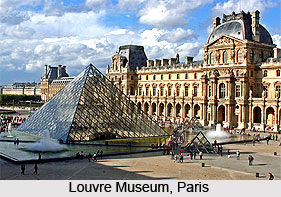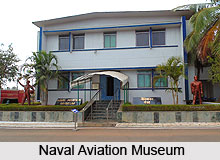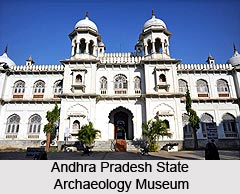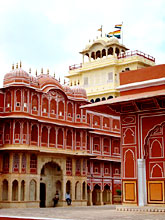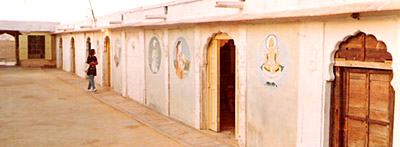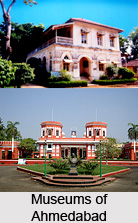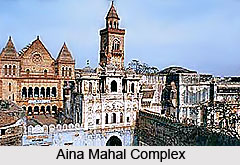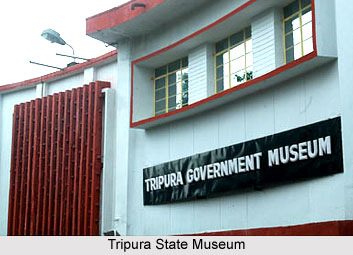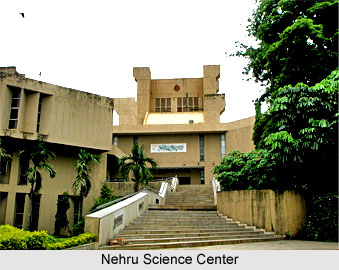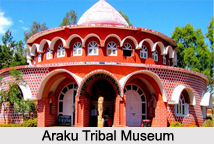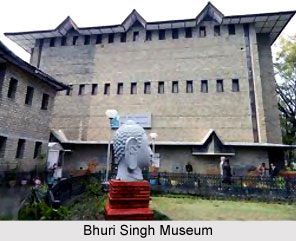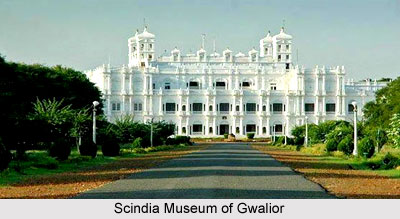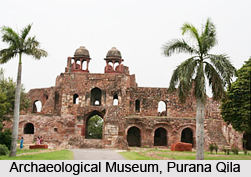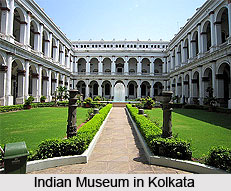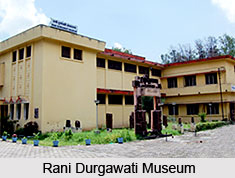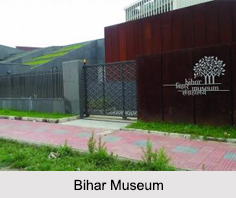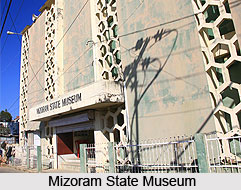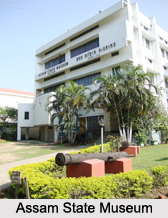 The state of Assam is located in the north eastern part of India, south of the eastern Himalayas. This state is divided into 35 administrative districts. Assam is the state where the first oil well in Asia was drilled. Tea and silk produced by this state have also made it popular in India. This state has rich cultural heritage and the diversity in Assamese culture is vastly displayed in each and every bit of its art and culture. Assam, with its wealth of cultural heritage and scenic splendor, hosts a plethora of remarkable museums that delve into its multifaceted history and traditions. These institutions serve as windows into the rich tapestry of Assamese culture, allowing visitors to explore its intricate nuances.
The state of Assam is located in the north eastern part of India, south of the eastern Himalayas. This state is divided into 35 administrative districts. Assam is the state where the first oil well in Asia was drilled. Tea and silk produced by this state have also made it popular in India. This state has rich cultural heritage and the diversity in Assamese culture is vastly displayed in each and every bit of its art and culture. Assam, with its wealth of cultural heritage and scenic splendor, hosts a plethora of remarkable museums that delve into its multifaceted history and traditions. These institutions serve as windows into the rich tapestry of Assamese culture, allowing visitors to explore its intricate nuances.
Assam State Museum:
The Assam State Museum, inaugurated in 1940 by the Kamrupa Anusandhan Samity, stands as a testament to the region`s rich cultural heritage. Under the auspices of the Directorate of Museums and Archaeology since 1983, it has evolved into a repository of Assam`s history and traditions. Its extensive collection, acquired through donations and acquisitions, spans various epochs, offering visitors a comprehensive insight into the diverse facets of Assamese culture. From ancient artifacts to contemporary exhibits, the museum serves as a hub for scholarly research and public education, preserving and celebrating Assam`s cultural legacy for generations to come.
Jorhat Science Centre and Planetarium:
The Jorhat Science Centre and Planetarium, a collaborative effort between the Science & Technology Department of the Government of Assam and the National Council of Science Museum, stands as a beacon of scientific exploration. Inaugurated in 2013, this dynamic center encompasses a wide array of science exhibits and a state-of-the-art planetarium. Visitors are treated to immersive experiences, from interactive displays exploring the principles of science in the "Fun Science" gallery to enlightening showcases detailing the historical evolution of petroleum exploration in the "Story of Oil" gallery. With its lush green Science Park and fully automated computerized planetarium, the center offers a stimulating environment for learning and discovery.
Thengal Cultural Centre & Museum in Jorhat:
Situated in close proximity to Jorhat, the Thengal Cultural Centre & Museum stands as a captivating tribute to the life and heritage of the Thengal Kachari tribe. Its majestic architecture and expansive grounds create an immersive experience, allowing visitors to delve into the rich tapestry of the community`s culture and history. Through meticulously curated exhibits and interactive displays, the museum offers a comprehensive understanding of the traditions and customs that define the Thengal Kachari way of life. From ancient artifacts to contemporary artworks, every corner of this cultural center breathes life into the vibrant heritage of the tribe, fostering appreciation and understanding among visitors.
Mahabahu Brahmaputra River Heritage Center:
Perched atop a hillock in Guwahati, the Mahabahu Brahmaputra River Heritage Center pays homage to the illustrious legacy of the majestic Brahmaputra River. This cultural enclave showcases the vibrant lives of communities residing along the riverbanks through immersive exhibitions and installations. Enriching the experience further, a dedicated art gallery displays captivating artworks inspired by the river`s essence, while a musical heritage section resonates with the melodious tunes of indigenous instruments. With its panoramic views and captivating narratives, the center serves as a beacon of cultural preservation, inviting visitors to embark on a journey through the heart and soul of the Brahmaputra`s timeless heritage.
Sankardev Kalakshetra Museum, Guwahati:
The Sankardev Kalakshetra Museum, nestled in Guwahati, pays homage to the esteemed medieval playwright and poet, Srimanta Sankaradev. Embracing Assam`s ethnic art and cultural diversity, this institution serves as a cultural beacon. Alongside its museum exhibits, it encompasses a library and an artists` village, fostering a comprehensive cultural immersion for visitors. Showcasing a myriad of artistic expressions and traditions, it offers a holistic experience that celebrates Assam`s rich heritage. From timeless artworks to literary treasures, the museum stands as a testament to Srimanta Sankaradev`s legacy and the enduring vibrancy of Assamese culture.
Tai-Ahom Museum in Sivasagar:
The Tai-Ahom Museum in Sivasagar, inaugurated in 1992, serves as a poignant tribute to the illustrious history of the Ahom dynasty. Through its meticulously curated exhibits, including ancient books, ornate garments, traditional weaponry, and decorative items, the museum preserves the essence of Ahom culture for posterity. Beyond its role as a repository of historical artifacts, the museum also plays a vital role in fostering research on Tai language and literature, contributing to a deeper understanding of the linguistic and literary heritage of the region. As a cultural landmark, it stands as a testament to the enduring legacy of the Ahom dynasty in the history of Assam.
Digboi Centenary Museum:
The Digboi Centenary Museum, established to commemorate the centenary of India`s first oil well, offers a fascinating glimpse into the rich history of the Assam oil industry. Through its exhibits, visitors are transported through time to witness the evolution of the region`s petroleum sector. Preserved machinery and artifacts showcase the ingenuity and technological advancements that have shaped the industry over the years. As visitors explore the museum, they gain insights into the pivotal role played by Assam in India`s oil economy and its enduring contributions to the petroleum sector on both regional and national levels.
Anthropological Museum of Indigenous People:
The Anthropological Museum of Indigenous People, founded in 1948, serves as a pivotal repository of Assam`s indigenous cultures. Its diverse collection, spanning ancient relics, archaeological findings, ethnographic treasures, and anthropological insights, provides a holistic understanding of the region`s cultural tapestry. Through meticulous categorization and preservation, the museum emerges as a crucial cultural hub, offering visitors a profound glimpse into Assam`s rich heritage. From ancient artifacts illuminating prehistoric lifestyles to ethnographic displays highlighting contemporary traditions, each exhibit piece contributes to a nuanced exploration of Assam`s indigenous identities, fostering appreciation and awareness of its cultural diversity among visitors and researchers alike.
